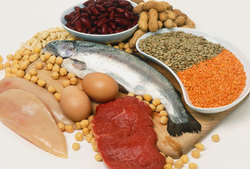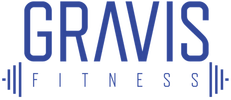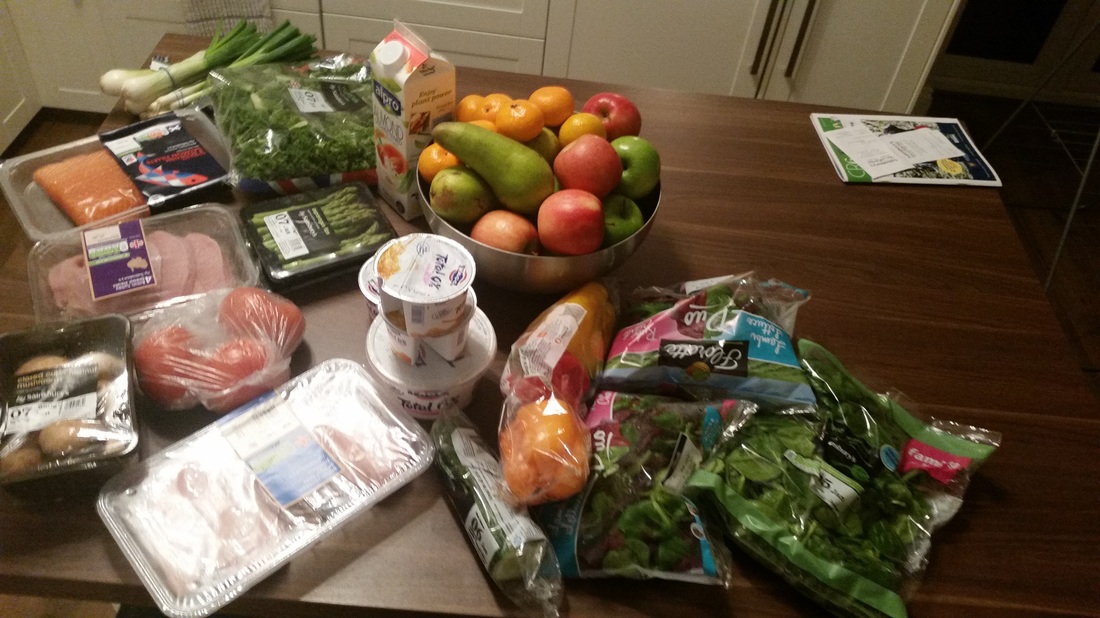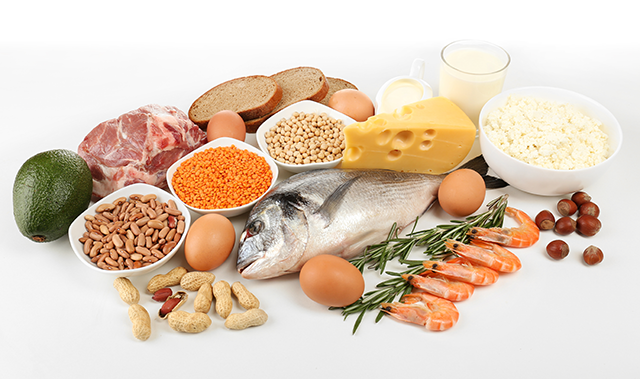|
I know, I know! It’s been so long since I covered FGF Part one, that a lot of you are probably thinking, ‘‘what was Part one then?’’ To answer that, please click on the image above. Anyway… Here’s the thing about protein, it comes in so many shapes, sizes and guises that there are enough options available! Whether you’re vegetarians, pescetarian and so on! As it’s one of the 3macro-nutrient food groups that we all need for every day sustenance, its importance cannot be overlooked at all! Firstly, let’s start by having a look at what protein actually is.... Protein – Intro & Amino Acids As I said before, Protein is essential for every day functions. This is because it carries out many purposes within the body especially the growth and repair of the body’s tissues. For example, you will find certain people consume some form of protein straight after a work out, as it is believed that it helps aide or accelerate the recovery process. Protein is made up of Carbon, Oxygen, Nitrogen, Hydrogen and most importantly Amino Acids (some of these are also manufactured by the body) which all help aide the body’s repair and growth process. Amino Acids however form the most important component of proteins, they are commonly referred to as the building blocks that link together to help form or build protein in to its final form. Amino Acids fall into 2 categories Essential (Amino Acids that cannot be produced by the body and therefore have to come from food consumption) and Non-Essential (naturally occurring in the body, and not required via protein consumption) In total, there are 20 types of Amino Acid, that fall into these 2 categories, this is however quite subjective, depending on who you ask, so I’ll leave the classification topic to the 2 aforementioned categories. Coming back to Protein, it also serves as a fuel/energy source, hormones and enzyme regulation, and also the creation of some antibodies that help fight against infection. There is however also a chance of over consumption of protein, this in itself can also be quite detrimental to your health, as it can lead to a risk of dehydration, kidney failure, and also an increased chance of weight gain. This is because foods high in protein sometimes tend to have a high level of fat as well, this is then converted by the body into fat and stored. The recommended protein intake for an average Male adult is 55 grams and 45 for a Female. There are exceptions to this rule, mainly pregnant females (in which case the intake would need to be higher) and individuals with specific nutritional needs based on health, as well as physical activity (e.g. Body Builders and Professional athletes) So all in all, its importance cannot be overstated, which is why the protein we consume has to be of the highest quality at all times, to enable it to serve the purposes mentioned above. So let’s look at some good protein sources.  Protein Sources There are various sources of protein, the most commonly referred to tend to be from red and white meat, seafood and diary products such as milk, cheese and yoghurt. Protein can also be sourced from eggs, seeds, nuts and Tofu. The sources available are mostly down to each individual’s dietary preferences, which can be determined by factors such as allergies, religious beliefs, personal preferences, and protein sources available. High Quality Protein Sources Protein sources are fairly well known to all of us, we do however need to make sure as stated before that we are getting it from the best possible source. Based on the individual’s dietary and personal preferences the following are examples of the best sources of high primary protein. Diary Milk Greek Yoghurt (preferably 0% Fat Free) Swiss cheese Eggs Almond Milk Plants & Grain Quinoa Spinach Asparagus Broccoli Green Peas Edamame Nuts - Almonds, walnuts, cashews, pistachios, peanuts (raw, roasted, NOT salted of course!) Chickpeas Lentils Beans (examples Kidney, Cannellini, Black Turtle) Seafood Fish - Tuna, Salmon, Tilapia, Sardines, Squid/Octopus Shellfish – Crab, Lobster Meat & Poulty Lean Steak Lean Lamb Lean Mince Beef Jerky Skinless Chicken Skinless Turkey The general rule is to ensure there is no skin or fat on any of the above, also, grilled, baked, steamed and NOT fried. Whey Protein is another popular protein source, especially among athletes, fitness enthusiasts, and bodybuilders. It is a high-quality protein naturally found in some dairy products, and is low in lactose. There are different brands, compositions available, I’d suggest reading the product composition thoroughly before purchasing any of these, and also look at reviews by actual users as well. Use the above as a guide when deciding what to use as your protein source, and keep in mind measures as well, supplement with good carbs, fat and you’re on your way to a heading towards healthier nutrition.
0 Comments
Leave a Reply. |
AuthorHi, Lou here, I'll be sharing my thoughts and insights via my blog regularly, so please stay tuned! CategoriesArchives
January 2020
|
Quick Links |
Personal Training in SurreyGravis Fitness is one of the leading personal training & transformation programmes in the Surrey area
Terms & Conditions |
Gravis FitnessTel:
+447495385097 |



 RSS Feed
RSS Feed


